How to store medicines at home
Content:
If you ask an ordinary average person whether he follows the rules for storing medicines and ask to name at least one, he will most likely get confused. Many are sure that to understand medicines and to know the terms and conditions of their storage is the lot of pensioners. However, it is not. Every sane person should have a first aid kit with essential drugs at home. And if at home there are children, elderly and sick people, then the first-aid kit should not be alone. Let's figure out how to place medicines at home so that they are stored in optimal conditions and determine the composition of the home medicine kit.
What the instruction will tell
Arriving home from a pharmacy with an arsenal of purchased pills, the first step is to study the section of the instruction explaining the conditions under which it is necessary to organize the storage of medicines.
In this case, attention should be focused on the following points:
- storage temperature;
- storage temperature after opening the package;
- shelf life after opening the package;
- humidity;
- storage away from sunlight;
- storage out of the reach of children.
As a rule, in the instructions for any drug there is a phrase about storage in a place inaccessible to the child. Compliance with this rule is very important! Many pills look like sweets, not to mention capsules with multi-colored “peas” inside, and a bottle with nasal drops resembles a puppet bottle for feeding.
It is terrible to imagine what could happen if a daughter not only feeds a doll from such a bottle, but also drinks herself. So the medicines that are used, as they say, here and now, should be kept so far that children in no case reach them. Storage of medicines in the first-aid kit should also be organized in a place inaccessible to children.
On drugs that can lose their healing properties under the influence of moisture, it is worth noting: store in a dry place. This means that these types of medicines should be stored in places with constant humidity. In the instructions for some drugs, humidity is directly indicated, for example, not higher than 70%. If a specific humidity is not indicated, it should be considered a dry place in which it does not exceed 50-60%.
Failure to comply with the rule of protection from direct sunlight can lead to photodestruction of the components of the drug, which is caused by the ultraviolet component of sunlight.
Particularly worth mentioning is the temperature and shelf life. Distinguish the storage temperature of the drug in:
- unopened packaging;
- after opening the package, preparing the solution, etc .;
The same applies to shelf life. These temperature and time characteristics need to be known and distinguished. For example, the powder for preparing the Regidron solution is stored for 3 years at room temperature, and the solution itself is stored in the refrigerator for no more than a day. Many eye drops in closed packaging are stored for 2 years, and after opening, no more than 30 days.
Moreover, some drugs are not subject to storage after opening. Therefore, it is necessary to carefully study the instructions and note whether there are restrictions on the temperature and storage time of the drug after opening. If the storage periods before and after opening do not coincide, the rules for storing medicines are advised to mark the date of opening on the container and count the expiration date “after opening” specified in the instructions from it.
Reading the instructions for a particular drug, you can find specific temperature ranges at which it is advisable to store it. But sometimes you can find such phrases related to storage:
- at room temperature;
- in a cool place;
- in fridge.
If everything is clear with the refrigerator, then a cool place should be understood as a place in which the temperature ranges from + 8 ° C to + 15 ° C. Room temperature is + 15- + 25 ° С. So, choosing a storage location for a particular medicine should be based on this information. The inscription in the instructions: store at a temperature not exceeding + 15 ° С, should be interpreted in the interval + 2 ° С - + 15 ° С. And the inscription: store at a temperature not lower than + 8 ° C should be understood as an interval of + 8 ° C - + 25 ° C. That is, with such indications, the lower border is + 2 ° C, and the upper - + 25 ° C.
Tip: do not forget that in the summer the temperature in the room rises above + 25 ° C, so medications whose storage temperature is limited to room temperature should be transferred to the refrigerator. Storage of drugs organized in this way will be correct.
How to choose a place to store drugs
Now let's talk about the place where the storage of medicines will be the most convenient, safe and will allow medicines to preserve their healing properties. As a rule, medicines are not stored in one place. This follows primarily from the fact that different drugs have different temperatures at which they are stored. There are medicines that can not be stored in the refrigerator, for example, Valocordin. It is stored at room temperature.
In addition to the difference in temperature, there are other criteria on the basis of which many drugs are not kept together in one medicine cabinet. For example, medicines are stored separately:
- for indoor and outdoor use;
- liquid and tableted;
- herbal preparations;
- medical devices such as Esmarch's mug, tonometer, heating pads, syringes, thermometers, etc.
Thermometers, especially mercury ones, need to be stored in a separate case in a secluded place: where children will not find it, and where it will not inadvertently be touched or dropped. By the way, by 2020 Russia plans to completely abandon medical devices containing mercury, including thermometers. Therefore, it is already possible to switch to alternative instruments for measuring temperature: electronic, tympanic thermometers and others. They are safer, they allow you to quickly measure the temperature, which is especially important if the family has small children.
I would also like to dwell on herbal preparations. They should be kept in dry, dark places at temperatures up to 25 ° C. As a rule, a cabinet often becomes such a place. If packs with dried flowers and leaves are not opened, they can be safely stored there. But if the cardboard box is opened, it is better to pour its contents into a sealed jar, for example, from glass.
If this is not done, there is a high likelihood of infection of herbal preparations with domestic bugs. They adore bright aromas and they are attracted, like a magnet, by strong odors. For the same reason, open bags with mustard plasters should be stored, wrapped in polyethylene.
Thus, sorting the available drugs into boxes, we get several first-aid kits. Where is better to organize the storage of medicines? Suitable places in the house are:
- refrigerator;
- a closet in the corridor (its upper shelf).
The refrigerator is suitable as a place for storing medicines because of the possibility of maintaining a constant temperature in the range from + 5 ° C to + 7 ° C. It should be remembered that the temperature on the door is 1-2 ° C higher. To properly store medicines in the refrigerator, you need to place them in a tightly closed drawer or plastic bag. If there are children in the house, the first-aid kit, which will be in the refrigerator, must be securely closed.
A cabinet located in the corridor is the best place to place a first-aid kit in it.The corridor is the smallest difference in humidity and temperature, there is no direct sunlight. The top shelf of the cabinet is the most suitable place for storing medicines that are kept at room temperature. Children will not get there.
Tip: the first-aid kit should be in a place where there is no access not only to children, but also to mentally unhealthy family members (if any) and pets.
It is worth noting that such popular places for storing medicines as the kitchen and bathroom are not the best choice. This is because in these rooms, due to the specifics of their use, the temperature and humidity often change, which can reach 80%. It is worthwhile to cook something for a long time - and the scale of the thermometer will show 30-33 ° C, and the hygrometer - 70%.
High humidity, coupled with heat, can lead to decomposition of the active medicinal components - as a result, the medicine will deteriorate before the expiration date. Also, elevated temperatures and humidity can cause the evaporation of connective drug components and, as a result, an increase in the concentration of active substances. Thus, it will not be possible to calculate the exact dosage of the drug, and not knowing that this process has occurred, significantly exceed it, which can even cause poisoning.
How to assemble a home medicine cabinet
In addition to the fact that the rules for the storage of medicines provide for their maintenance in a “working” condition, subject to the correct storage conditions, medicines should be easily available, that is, if necessary, a specific drug should be in its place so that it does not have to be searched.
For this, in each house there should be several types of first-aid kits:
- general home medicine cabinet;
- children's first aid kit;
- separate first-aid kit for an elderly person.
Tip: the correct first-aid kit should be a box, the cavity of which is divided into compartments. Similar drugs should be decomposed according to them. This will facilitate their search. It is not allowed to store medicines in the medicine cabinet without indicating their name (for example, without labels or the remains of tablets in soft paper packaging, the name on which is torn off) and the expiration date. It is also helpful to preserve drug instructions.
A general home first aid kit should at least contain emergency medical supplies. It:
- bandages, cotton wool, adhesive;
- hydrogen peroxide, brilliant green, iodine;
- antipyretic drugs;
- antihistamines;
- cold remedies;
- painkillers;
- antidiarrheal agents, powder for the preparation of a solution for oral rehydration.
If the house has small children or elderly people, you should collect personal first-aid kits for them. The first-aid kit must have the same types of medicines as the adult, only approved for use in children. If a child is given pills, the dose of which is calculated by weight, it is convenient to put a small leaf with a calculation in the package. If the baby gets sick suddenly, with an abundance of symptoms frightening the mother, it will be difficult for her to concentrate and calculate the dose the child needs in frustrated feelings. This may concern, for example, tableted paracetamol, activated carbon, etc.
It is convenient for an elderly person to collect all the medicines he uses and put them in a separate box. So, if necessary, he himself will be able to find what he currently needs, among a relatively small number of his own vials and boxes of pills. A person knows how they look and does not confuse with anything else. As if the drugs he needed were in a general medicine cabinet.
When deciding where to put this or that medicine, one should always rely on the period and storage conditions before opening the package and after. Medicines should be laid neatly, as they say, on shelves. Then they will be easy to find. For the future, buy only the funds that are part of your first-aid kit and are needed for first aid.Do not forget from time to time to carry out a “revision” in the medicine cabinet, throwing out unsuitable medicines. Be healthy!
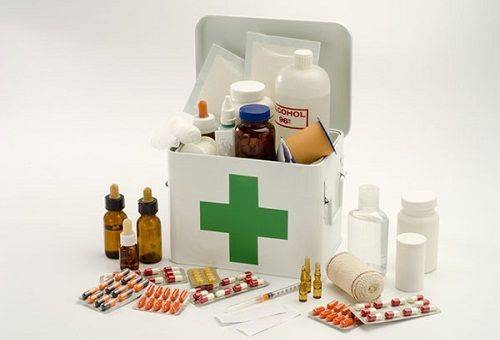
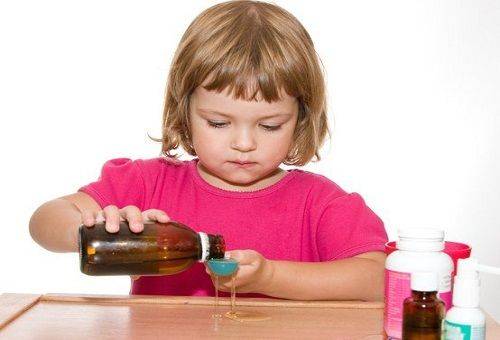
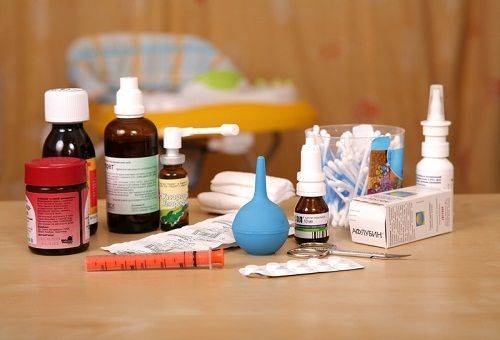
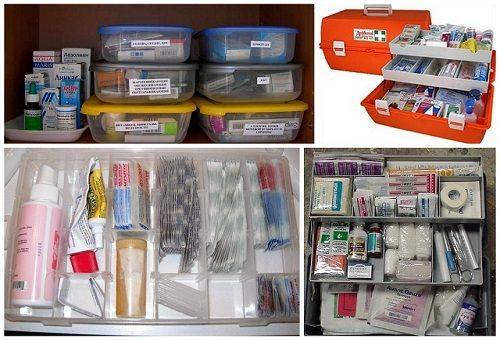
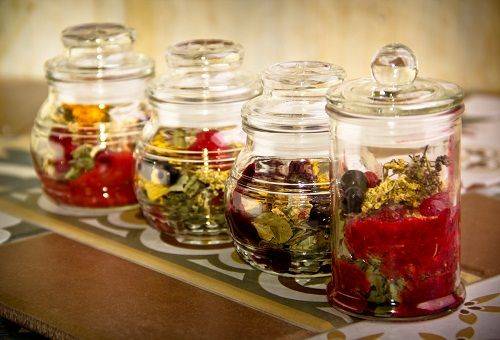
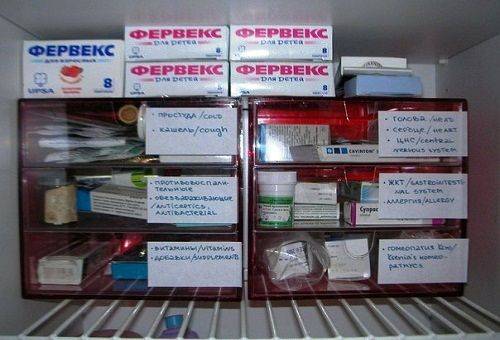
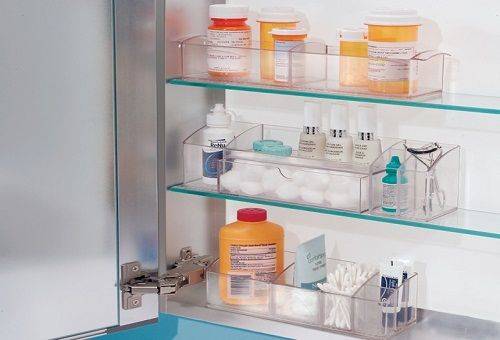
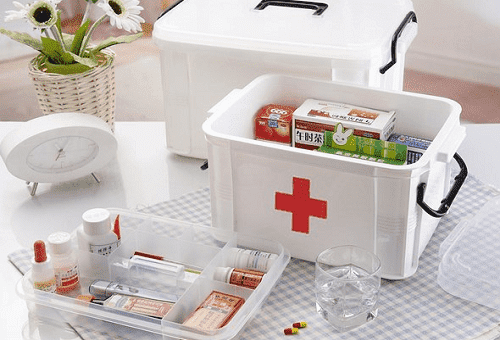
posh article